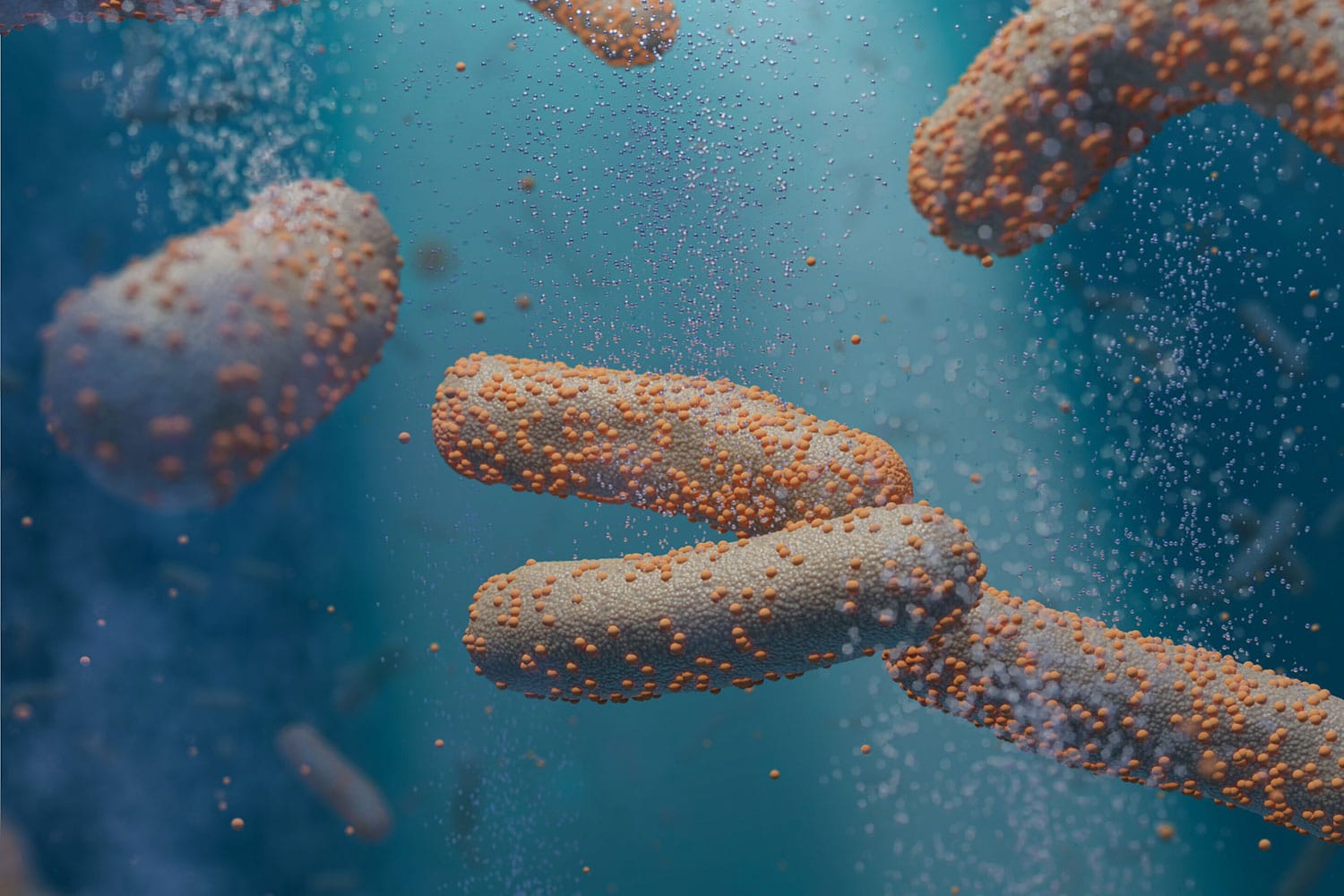
As the world’s need for clean and sustainable energy sources continues, researchers are turning to the power of photosynthesis for inspiration. In a similar effort, a research team at the University of Rochester is launching a groundbreaking project to develop a system that uses bacteria and nanomaterials to mimic photosynthesis and produce environmentally friendly, clean-burning hydrogen fuel.
By leveraging the unique properties of both microorganisms and nanomaterials, the project has the potential to replace current approaches of extracting hydrogen from fossil fuels, revolutionizing the way hydrogen fuel is produced and unlocking a powerful source of renewable energy.
Researchers have historically extracted hydrogen either from fossil fuels or from water. To achieve the latter, there is a major push to employ artificial photosynthesis. Artificial photosynthesis is a process of converting an abundant feedstock and sunlight into a chemical fuel, such as producing hydrogen gas from water. However, most systems currently rely on fossil fuels during the production process or don’t have an efficient way to transfer electrons.
The labs of Kara Bren and Todd Krauss at the University of Rochester have designed an efficient system that employs artificial photosynthesis and utilizes semiconductor nanocrystals for light absorbers and catalysts.
Semiconductor nanocrystals are tiny crystals made of semiconducting materials. Due to their small size, they have unique properties which can be easily tuned. The Krauss lab has made significant progress in creating highly efficient quantum dots, a type of semiconductor nanocrystal.
Another challenge was to figure out a source of electrons and efficiently transfer the electrons from the electron donor to the nanocrystal. To find out, the team tried several different configurations and found that Shewanella oneidensis, bacteria first gathered from Lake Oneida in upstate New York, offers an effectively free yet efficient way to provide electrons to their system.
When bacteria grow under anaerobic conditions (without oxygen), they respire cellular substances as fuel and release electricity in the process. Shewanella oneidensis can absorb electrons from its own metabolism and donate them to the external catalyst.
“This technique is really promising because it can produce hydrogen energy efficiently while relying only upon sustainable sources for electrons and energy,” says Anne S. Meyer, whose lab has previously worked with Shewanella oneidensis to produce materials with unique properties.
In this project, her lab is working on designing and creating new strains of Shewanella that will have enhanced abilities to transfer electrons. They will use their pioneering 3D printing techniques to print living material that can incorporate quantum dots.
“By combining our engineered Shewanella bacteria together with the photocatalyst developed by the Bren and Krauss labs, we will be able to create physically robust, long-lived materials that will make the hydrogen production reaction faster and more efficient,” Meyer says.
Because the system is so complex, Andrew White’s lab will use machine learning and artificial intelligence to determine what factors and variables can be improved; for example, predicting which 3D-printed geometries are most likely to produce more hydrogen. The ultimate goal is to develop a better system for producing hydrogen fuel.
Bren envisions a future where individual homes could potentially have vats and underground tanks to harness the power of the sun and produce and store small batches of hydrogen, allowing people to power their homes and cars with inexpensive, clean-burning fuel.
Journal reference:
- Emily H. Edwards, Jana Jelušić, Ryan M. Kosko, Kevin P. McClelland, Soraya S. Ngarnim, Wesley Chiang, Sanela Lampa-Pastirk, Todd D. Krauss, and Kara L. Bren. Shewanella oneidensis MR-1 respires CdSe quantum dots for photocatalytic hydrogen evolution. Proceedings of the National Academy of Sciences, 2023. DOI: 10.1073/pnas.2206975120
Unleashing the power of photosynthesis to produce clean hydrogen fuel
Source: Tambay News

0 Comments